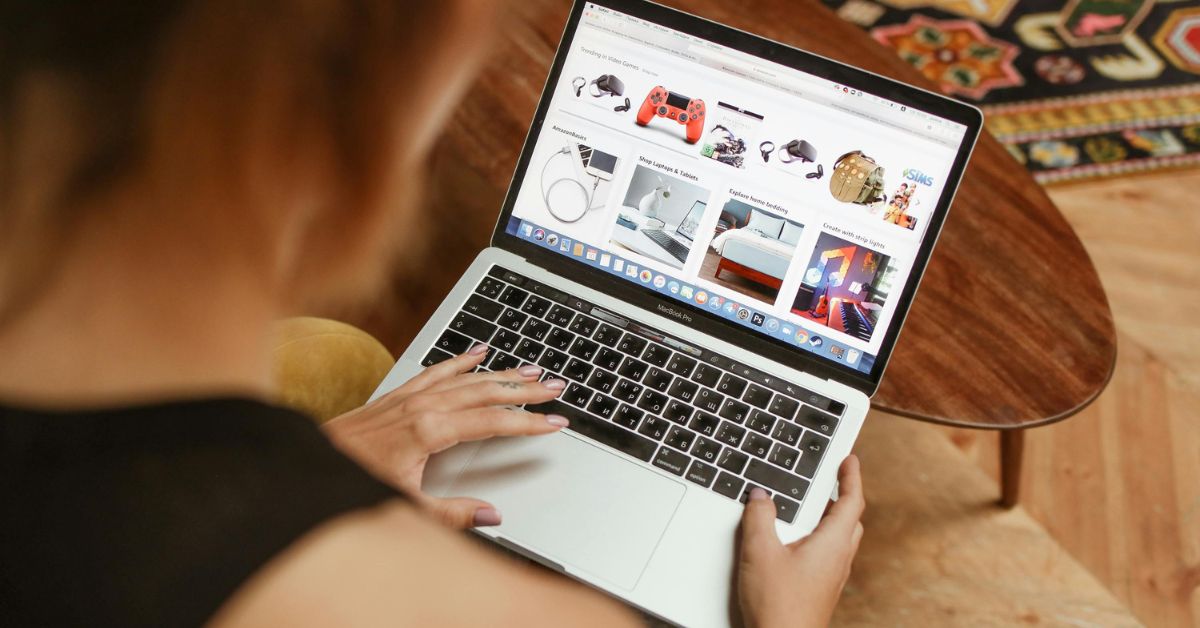Dubai, UAE — The United Arab Emirates’ online shopping market projected to hit $17 billion by the year 2025, according to a forecast from a recent report by Quick Commerce (QC) platform YallaHub, which highlights the growth of e-commerce within the country, driven by a population increasingly inclined towards digital convenience.
A significant driver is the country’s expanding internet and smartphone usage, with more individuals preferring the ease of online shopping. This trend is so pronounced that it’s expected nearly two-thirds of the UAE’s population will engage in online shopping by 2024, marking a significant shift towards digital marketplaces as primary shopping venues.
Forecasts predict e-commerce revenues to reach $9 billion by 2024. This reflects a robust market penetration rate of 66.1 percent and a Compound Annual Growth Rate (CAGR) of 6.54 percent from 2024 to 2028.
A key element in this e-commerce revolution is the rise of QC, which has redefined the online shopping experience, offering consumers the ability to receive products at their doorstep with unprecedented speed. This sector is anticipated to grow into a $162 million industry by 2024, further energizing the e-commerce landscape.
The report also highlights the growing popularity of “Buy now, pay later” payment options, anticipated to be offered by nearly 90 percent of sellers by 2024. Moreover, the metaverse e-commerce segment is set to experience considerable growth, with a forecasted expansion of 37 percent from 2024 to 2030.
Adding to the allure of online shopping is the advent of the metaverse e-commerce segment. This platform, projected to grow annually at the rate of 37 percent from 2024 to 2030, merges virtual reality with digital shopping, offering a unique and futuristic shopping experience.

In terms of market share by segments in 2023, toys, DIY, and hobbies lead with 29 percent, followed closely by fashion at 27 percent, and electronics and media at 18 percent. Food and personal care, and furniture and appliances trail at 13 percent and 12 percent respectively. A noteworthy trend is the surge in demand for online home and laundry care products, indicating a shift in consumer shopping behaviors towards digital platforms for even the most basic household needs.
Leo Dovbenko, CEO and co-founder of YallaHub, commented on the changing landscape, noting the significant consumer inclination towards purchasing home and laundry care goods online. The revenue from this segment alone is expected to reach $75.66 million by 2024, with a projected market penetration rate of 7.3 percent in 2024, escalating to 8.2 percent by 2028. The user base for these products is also anticipated to expand, reaching 0.8 million by 2028.
The tissue and hygiene care products market is similarly expected to grow, with forecasts showing a revenue of $19.41 million by the end of 2024. The user base for these products is projected to swell to 1.6 million by 2028, showcasing a CAGR of 11.41 percent between 2024 and 2028. The e-commerce market for hair care products is not far behind, with expected revenues of $50.47 million and a user base of 1.1 million by 2024.
This growth is not confined to the UAE alone but reflects a broader trend across the MENA region, with the e-commerce market projected to reach $57 billion by 2026.







